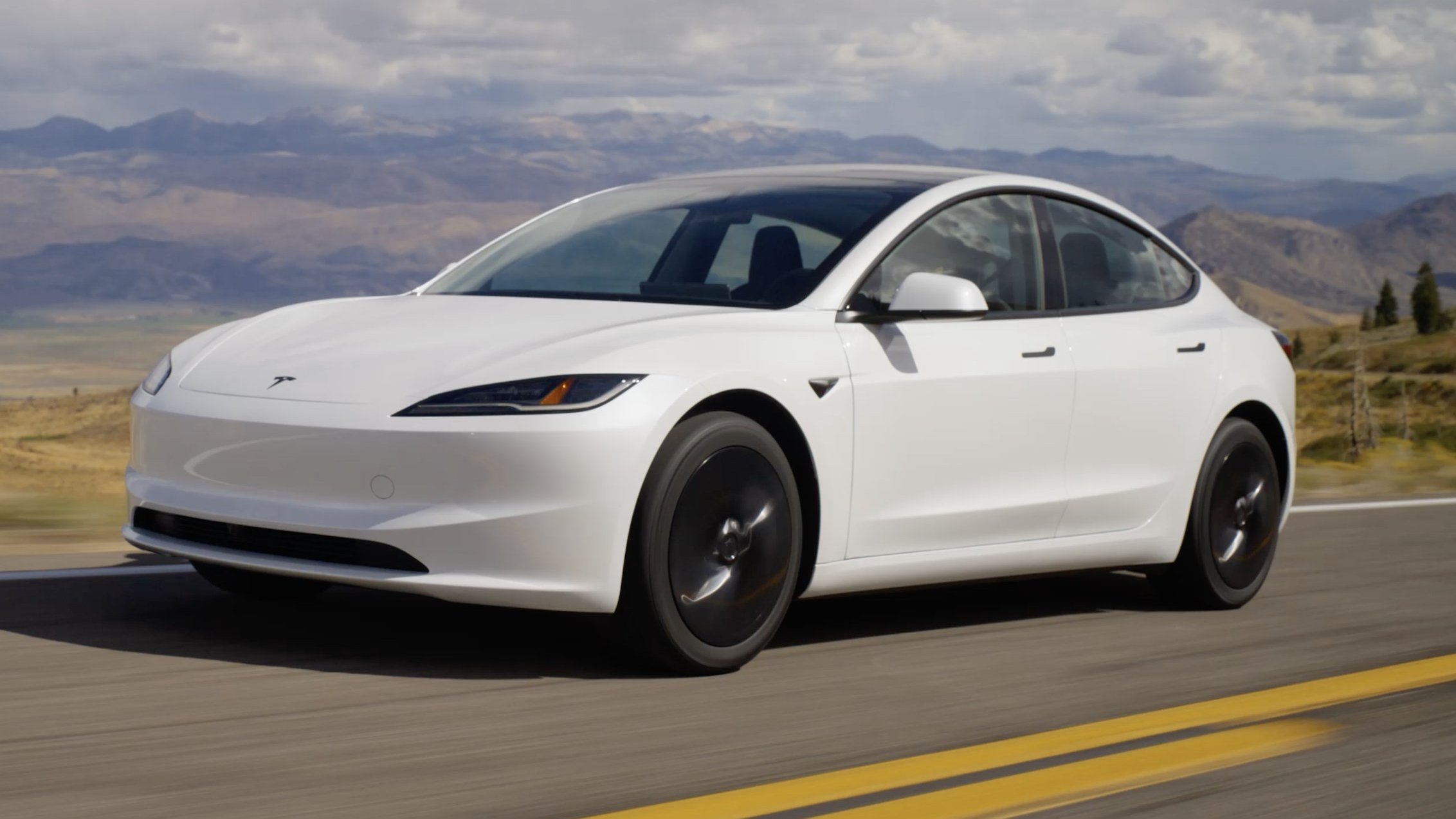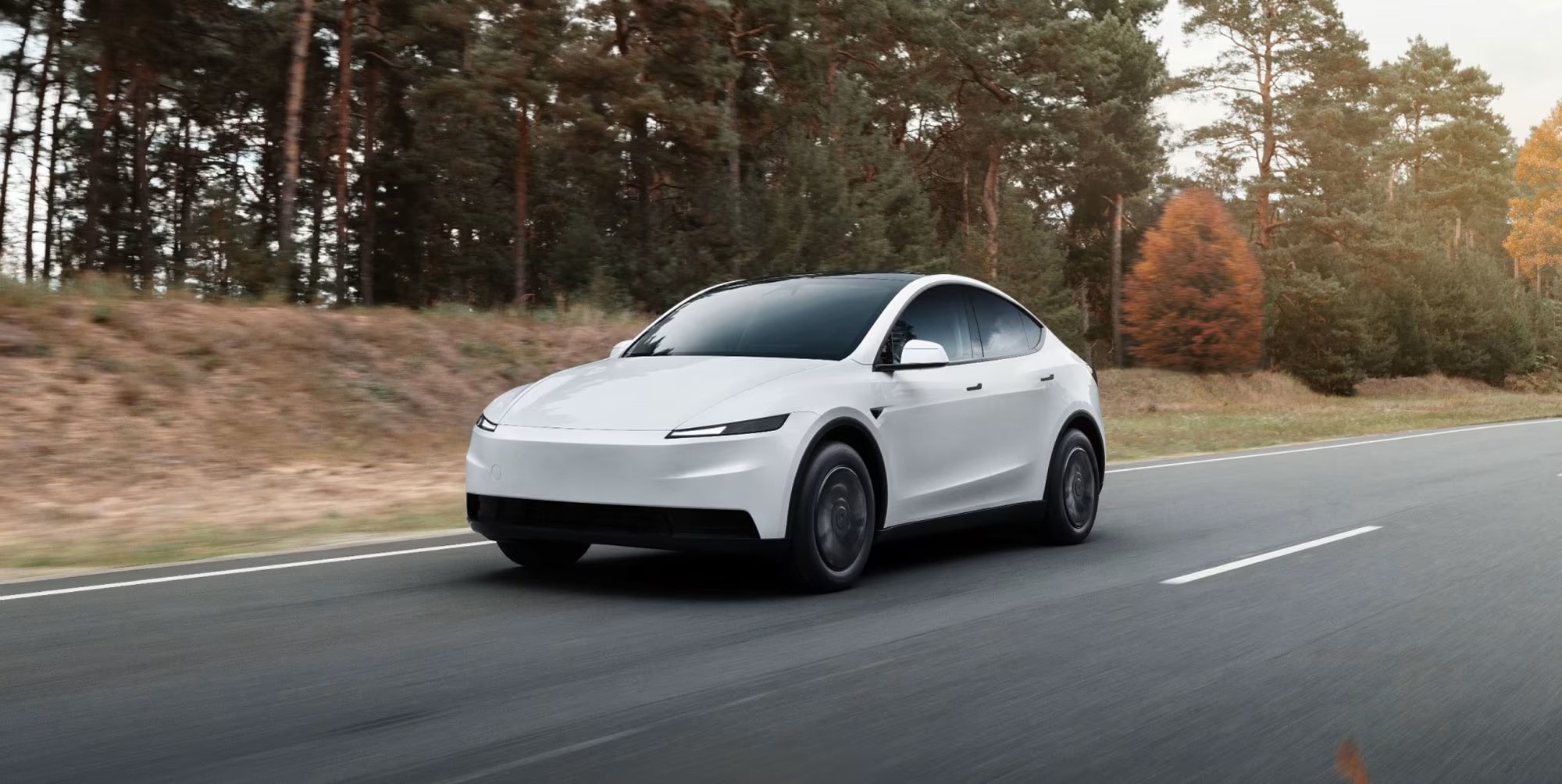Russia says it will begin building its own space station next year. The plan aims to enter orbit in 2027.President Vladimir Putin announced this this week. The announcement came a couple of months after the country’s high-profile mission to land a craft on the moon’s south pole failed. And when India and China announced their new plans to develop their stations.
Everything regarding financing and contractual relations has been decided, Vladimir Kozhevnikov, deputy chief designer of the Energia rocket and space corporation, said on Friday. The first module is expected to be launched at the end of 2027, andThe goal is to bring four more into service between 2028 and 2030. This was reported by the Russian news agency TASS.
Russia is one of five countries currently collaborating with the International Space Station (ISS), a NASA-led program that is in its final stages of existence. This year, Moscow announced it would remain at the station until 2028.. Japan, Canada and the European Space Agency will maintain continuity of operations until 2030.
Putin proposed creating his own station, called the Russian Orbital Station (ROS), which would replace the ISS. “It’s aging and will end somewhere around 2030,” he said. He told reporters about this on Thursday. “Since the resources of the ISS are exhausted, we need to commission not just one segment, but the entire station.”
The roadmap they released explains that the first crew of astronauts will arrive at the station six months after the launch of the first module. They assured that there would be no big difference between the requirements for RSN cosmonauts and those existing for work on the ISS.
Russia’s plan to create a space station after failure on the Moon
“Mistakes are mistakes. It’s a shame for all of us.”Putin spoke to reporters on Thursday about Russia’s latest attempt to return to the moon. And the failure of this mission was monumental, technically and symbolically. The Russians haven’t sent a mission to the lunar surface since 1976, when they challenged the lead in a special race with the United States.
Since then, the Russians have made two attempts to launch to Mars—in 1996 and 2011—but neither succeeded in getting beyond low-Earth orbit. In addition to his work on the ISS, he collaborated with several European missions. But this year it was the first great opportunity in many years to salvage its old image as a space power.
The Luna 25 mission planned to land at the lunar south pole on August 21, where everyone expects to find frozen water. But everything went wrong: A couple of days before landing on the Moon, the unmanned vehicle crashed in one of the last maneuvers.
A few weeks later, NASA announced that it had discovered a crater on the surface of the Moon caused by the accident. Worst: The Indian team, which also sent a spacecraft to the same region of the moon, successfully managed to land on the Moon about four days after the Russian failure.
“This is space exploration, and everyone understands it. This is experience that we can use in the future,” said the Russian President. “Of course we will work on it. The lunar program will continue. “There are no plans to close it.” Putin said.

China and India as options
India, after a mission to the lunar south pole, began a solar exploration program and announced that it hopes to build its own space station. But it won’t be ready until 2035. China has its own station in orbit since 2021: Tiangong, which translates to “Heavenly Palace”..
The last of its three main parts, the Mengtian laboratory – “Dreams of Paradise” – docked with the rest of the station in November last year. The structure has half the capacity of the ISS, but China announced this month that it plans to double the structure in the coming years.
The China Manned Space Agency (CMSA) said this week it is ready to welcome foreign astronauts to its station. He emphasized his intention to work together with other agencies that could even carry out a manned mission to the Moon, planned before 2030. Since 2011, China has been unable to participate in the ISS program due to a US veto.
NASA is afraid of China, not Russia. “We want to stop China from coming in and claiming the water is theirs,” NASA Administrator Bill Nelson said in a May interview. “The real space race is between us and China.”

Source: Hiper Textual














